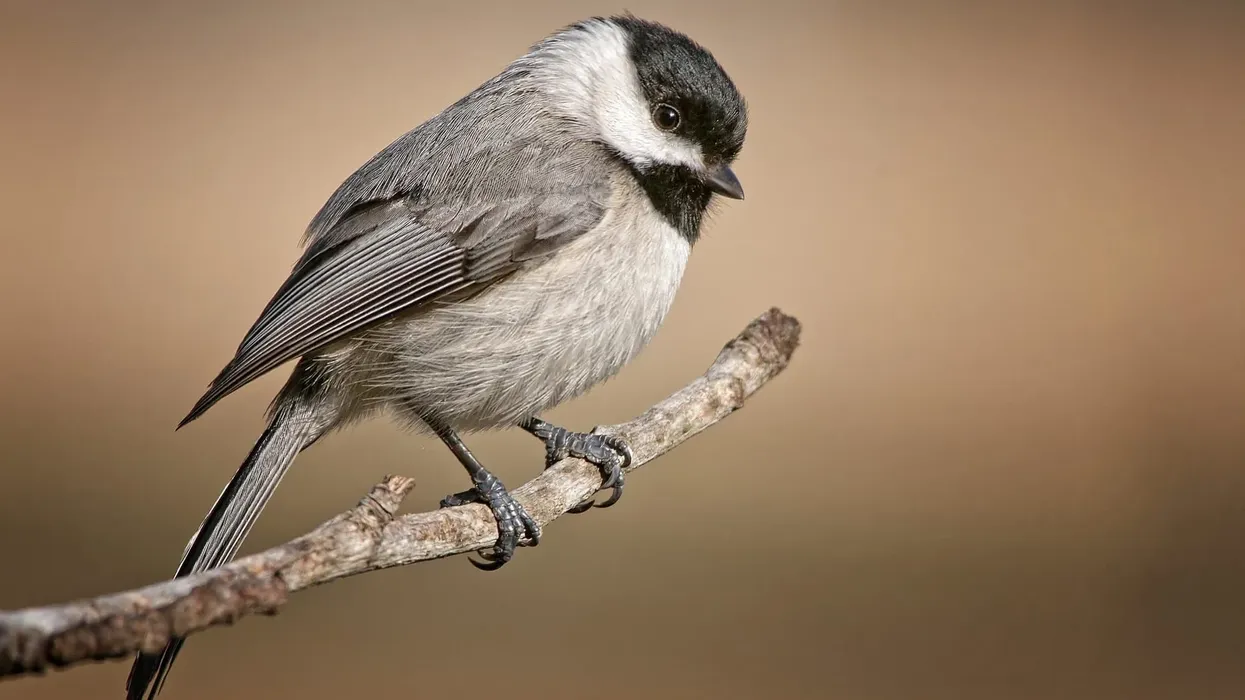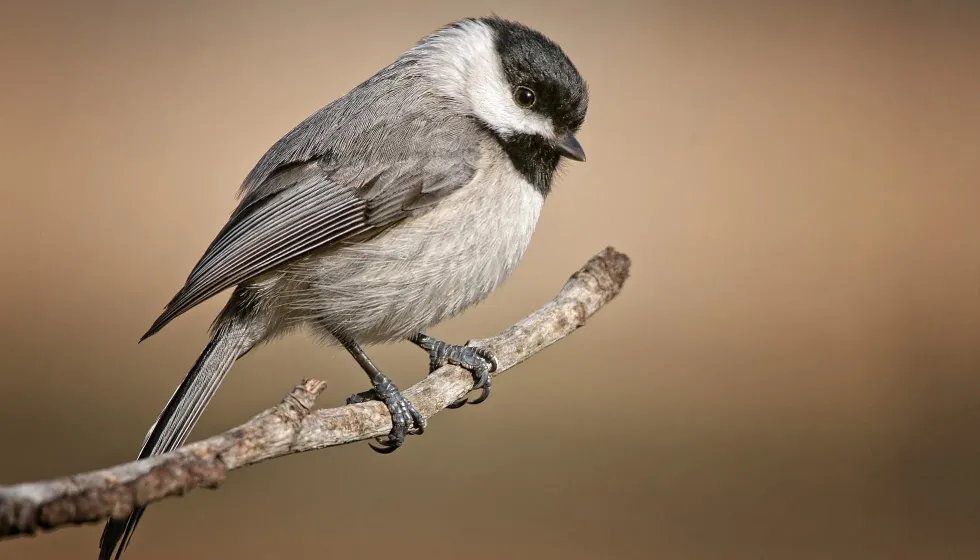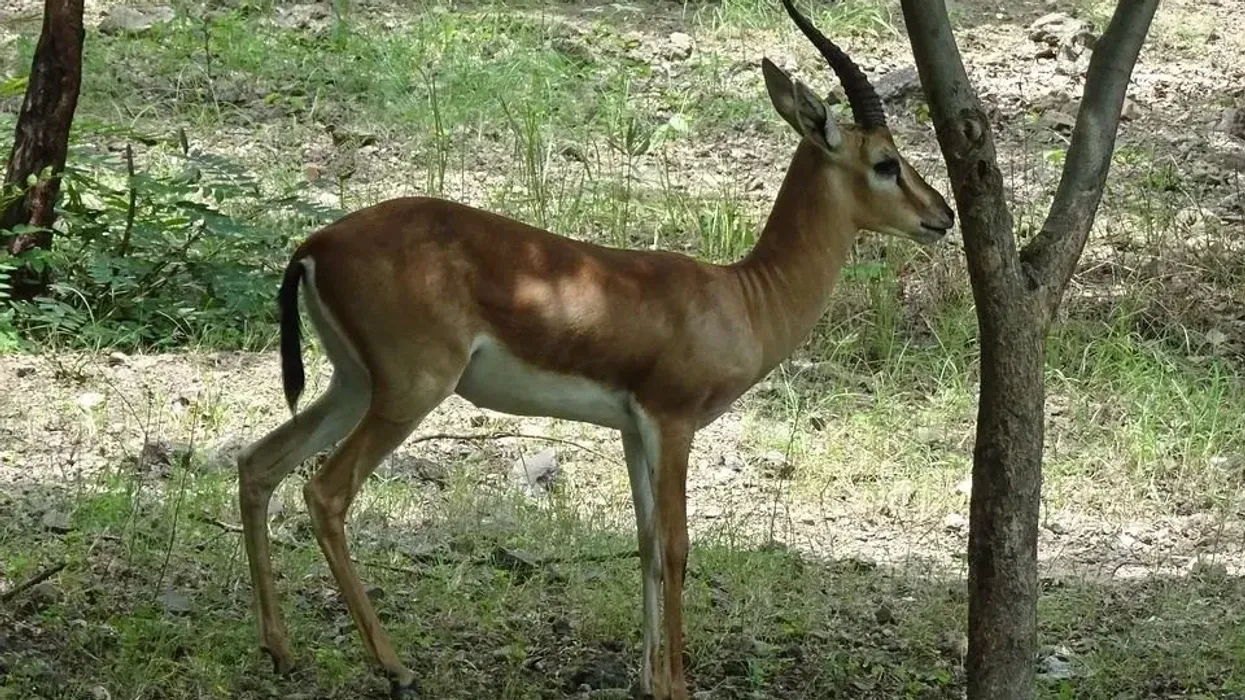Carolina chickadees, poecile carolinensis, are found in forests and lush metropolitan spaces of Houston consistently. They are curious and can be amazingly manageable. Their call is a quick 'chick-a-dee-dee-dee'.
The same as the black-capped chickadee, Carolina chickadee replaces it in the south-eastern states. Living in milder environments, it has been accounted for to be, to a lesser extent, a guest to bird feeders.
However, it comes into rural yards for sunflower seeds. Where the scopes of Carolina chickadees and Black-capped meet up, they regularly interbreed. In these contact zones, they additionally can figure out how to copy each other's tunes-creating incredible turmoil for birdwatchers.
The Carolina chickadee, Poecile carolinensis, is comfortable in urban communities and towns, promptly utilizing home boxes and bird feeders. In fall and winter, the North American bird rummages in blended rushes in with nuthatches, woodpeckers, larks, and other forest species. The lone chickadee in the southeast, the Carolina, is more modest and blunter than most other chickadee species.
You may also check out the fact files on gray catbird and hairy woodpecker from Kidadl.
Carolina Chickadee Interesting Facts
What type of animal is a Carolina chickadee?
The Carolina chickadee is a type of bird species belonging to the family Paridae. It is pretty common in southern USA, and it is also known for its various colors.
What class of animal does a Carolina chickadee belong to?
The Carolina chickadee is a type of bird belonging to the Animalia kingdom, class Aves.
How many Carolina chickadees are there in the world?
The Carolina chickadee is classified under the Least Concern category, meaning that these birds are still being bred in many parts of the world. Carolina chickadees are found in abundance in and around south and south-eastern USA.
Where does a Carolina chickadee live?
Carolina chickadees can be spotted in backwoods, forests, lush regions near lakes, or muddy territories. They can undoubtedly be seen in ranches and metropolitan zones, too.
They assemble their homes in deserted or regular depressions in trees, utilizing plumes and fine grass. Now and again, they make their openings in old trees. However, one wouldn't fret living in metropolitan bird enclosures.
What is a Carolina chickadee's habitat?
Carolina chickadees might be found in deciduous or coniferous forests, swamps, riparian zones, open woods and parks, and rural and metropolitan zones. They can survive in any habitat without many problems.
Who do Carolina chickadees live with?
The chickadees generally prefer to stay single. During the mating season, they stay in herds. They are monogamous. They stay together for multiple mating seasons.
Their mating season turns out to be late winter, with a normal grip size of 5-6 eggs. The female incubates the Carolina chickadee eggs for 12-15 days. During this period, the male brings food for the female.
How long does a Carolina chickadee live?
The normal age of a Carolina chickadee is 1.8 years for a male and 1.5 years for a female. Mortality from predation is particularly high for youthful birds. However, climate and mishaps appear to be the essential drivers of death of all age gatherings.
How do they reproduce?
Carolina chickadees track down an unused cavity, normally 2-25 ft (0.6- 7.6 m) up in a tree. At the point when a domain is almost a backwoods edge, half of all holes utilized face the close-by clearing.
The two individuals from a couple unearth a pit or pick a hole or home box for their breeding process and Carolina chickadee nesting habitats. Carolina chickadees don't appear to have an inclination for home boxes loaded up with or without sawdust.
The female forms the home base with greenery and some of the segments of bark. At that point, she adds a thick covering of hair or plant strands.
What is their conservation status?
Carolina chickadees are currently not registered on any conservation registry, and it is classified as of Least Concern. This indicates that the population of this North American birds species is stable.
Carolina Chickadee Fun Facts
What do Carolina chickadees look like?

The Carolina chickadee has a trademark cap and chin-wiper-like markings, which are dark in shading. The bird's cheeks are white and feature a pale dim smirch.
Its back and posterior are dark, too, with an infrequent hint of olive. The more prominent coverts are dark without any pale edgings, while the secondaries, as well as tertials, are thinly edged in pale dim or dull-white, similar to the flanks.
The bird is minuscule, with an enormous head roosted on a small neck, giving it a circular appearance. Adult Carolina chickadees are the smallest of the species.
How cute are they?
This bird is considered charming because of its larger-than-average round head, small body, and interest in all things, including people. The chickadee's black-capped and chin-wiper; white cheeks; dim back, wings, and tail; and whitish underside with buffy sides are unmistakable.
Its propensity for exploring individuals and all the other things in its home region and snappiness to find bird feeders make it one of the principal birds the vast majority learn.
How do they communicate?
Birds use sounds to speak with their flocks, and most parids share an extraordinary call framework, the chick a dee song. The Carolina chickadee call has different notes that are orchestrated differently.
How big is a Carolina chickadee?
This little, Carolina chickadee male vs female has a short neck and enormous head, giving it a particular circular body shape. Its tail is genuinely long and tight. Its bill is somewhat thicker than a Carolina chickadee song nevertheless slenderer than a finch's. Carolina Chickadees are smaller than a white-breasted nuthatch.
Length: 3.9-4.7 in (10-12 cm)
Wingspan: 5.9-7.9 in (15-20 cm)
How fast can a Carolina chickadee fly?
Not much information is available on the average flying speed of the Carolina chickadee, but these birds are known to travel around a lot, they are at their nest. They start flying 19 days after hatching themselves.
How much does a Carolina chickadee weigh?
Black-capped chickadees and Carolina chickadee are similar in weight. North Carolina chickadee and black-capped chickadees usually weigh around 0.3-0.4 oz (8-12 g). Some birds have also grown large enough to weigh 15 g (0.5 oz)!
What are the male and female names of the species?
The males and females of the Carolina chickadee species don't have separate names.
What would you call a baby Carolina chickadee?
There is no specific name for a baby Carolina chickadee.
What do they eat?
In winter, their diet is about half carnivorous and half herbivorous. For the remainder of the year, their eating regimen is, for the most part, creepy crawlies and insects and spiders. Carolina chickadees and black-capped chickadees gather creepy crawlies from foliage and tree covering, frequently hanging upside turvy to do as such.
They hold seeds and bugs in their feet, wedged against the branch they're roosted on, to peck into them. Blackcaps and bib chickadees promptly use bird feeders.
Some of the time takes food while drifting and may fly out to get creepy crawlies in mid-air. Stores food things, recovering them later. An interesting fact about Carolina chickadees is that both parents feed the young.
Are they aggressive?
No, Carolina chickadee is never aggressive. They stay away from other human beings and do not try to interact with them. They can sometimes get aggressive towards other Carolina chickadees.
Would they make a good pet?
No, Carolina chickadees and black-capped chickadees don't make great pets as they are not good for domestication. They are wild birds and keep making a lot of noise. Despite the fact that they are little and charming, these are wild birds. In many spots, it is unlawful for you to keep one as a pet.
Did you know...
In America, there are seven chickadee similar species in total, all of which have unmistakable white cheeks and black-capped. However, mountain chickadees, Carolina chickadees, and black-capped chickadees are the most widely recognized.
Most chickadees are non-transient, so you'll regularly see them all the time at their nest. Also, they are said to require up to multiple times more food in the colder time of year than in summer.
Carolina chickadees and black-capped chickadees overlap in parts of the United States and are hard to distinguish. They are to such an extent that they regularly mate with one another where they cover and make half breeds.
Carolina chickadees and black-capped chickadees are known as hoarders, yet in a decent sort of way at Carolina chickadee nest box. They shroud seeds and different things to eat for some other time.
As per Cornell's All About Birds, they shroud every food thing in various spots and can recollect a great many concealing spots. Black-capped chickadees don't keep all their investments tied up in one place in their nest boxes, in a manner of speaking.
What does a Carolina chickadee sound like?
Carolina chickadees have a quick and piercing chick-a-dee-dee-dee. Other chickadees have a four-note whistle, expense honey bee charge straight, the last note most minimal in pitch.
A Carolina may gain proficiency with the black capped two or three note tune in territories where their reaches cover, so don't distinguish by tune alone at the contact zone.
On the off chance that you've at any point tuned in to a chickadee's call intently, you'll notice that occasionally there is only one dee toward the finish of the chick-a-dee. And on different occasions, there are various ones toward the end.
What is the oldest banded Carolina chickadee?
The most established realized Carolina chickadee was at any rate ten years, 11 months old when it was recovered and rereleased during banding tasks in West Virginia in 1974. It had been grouped in a similar state in 1963.
Here at Kidadl, we have carefully created lots of interesting family-friendly animal facts for everyone to discover! For more relatable content, check out these vulture facts and tawny owl facts for kids.
You can even occupy yourself at home by coloring in one of our free printable chickadee coloring pages.









